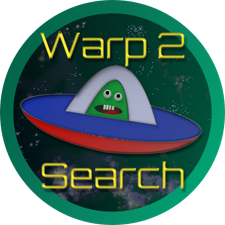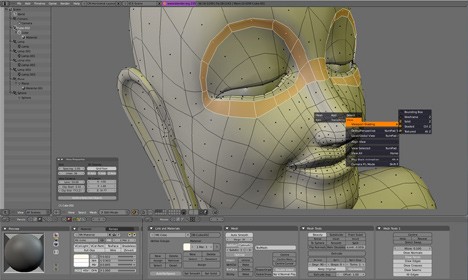Blender 4.5.0 has been released, continuing the legacy of Blender as a free and open-source 3D animation suite that encompasses the entire 3D pipeline, including modeling, rigging, animation, simulation, rendering, compositing, motion tracking, video editing, and game creation. Its robust capabilities attract both individuals and small studios, allowing them to leverage its unified workflow and the active engagement of the development community, which frequently introduces new features and fixes through contributions and suggestions.
Advanced users can enhance their experience with Blender's Python API, enabling them to create custom tools and scripts that can be integrated into future versions of the software. This flexibility, combined with Blender's cross-platform compatibility—functioning seamlessly on Linux, Windows, and macOS—makes it an accessible choice for a wide range of users. The interface is designed with OpenGL for a consistent user experience across different operating systems.
Blender operates under the GNU General Public License (GPL), promoting community involvement in its development. This allows for both minor and major modifications to its codebase, which in turn leads to rapid advancements in features and usability. Although Blender is available for free, users have the opportunity to contribute financially or through active participation to help enhance this powerful collaborative tool, making it a truly customizable and community-oriented 3D software solution.
In summary, Blender 4.5.0 exemplifies the platform's commitment to providing a comprehensive, user-friendly, and collaborative environment for 3D artists and developers. As the software continues to evolve, users can look forward to even more innovative features and improvements, further empowering the creative possibilities within the realm of 3D animation and design
Advanced users can enhance their experience with Blender's Python API, enabling them to create custom tools and scripts that can be integrated into future versions of the software. This flexibility, combined with Blender's cross-platform compatibility—functioning seamlessly on Linux, Windows, and macOS—makes it an accessible choice for a wide range of users. The interface is designed with OpenGL for a consistent user experience across different operating systems.
Blender operates under the GNU General Public License (GPL), promoting community involvement in its development. This allows for both minor and major modifications to its codebase, which in turn leads to rapid advancements in features and usability. Although Blender is available for free, users have the opportunity to contribute financially or through active participation to help enhance this powerful collaborative tool, making it a truly customizable and community-oriented 3D software solution.
In summary, Blender 4.5.0 exemplifies the platform's commitment to providing a comprehensive, user-friendly, and collaborative environment for 3D artists and developers. As the software continues to evolve, users can look forward to even more innovative features and improvements, further empowering the creative possibilities within the realm of 3D animation and design
Blender 4.5.0 / 2.80 released
Blender is a free and Open Source 3D animation suite that supports the entirety of the 3D pipeline—modeling, rigging, animation, simulation, rendering, compositing, motion tracking, even video editing, and game creation.


